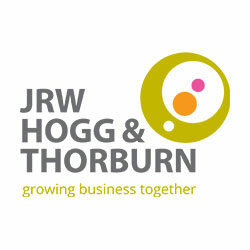How to provide uniforms tax efficiently
You pay a clothing allowance to your customer-facing staff and your business pays their PAYE tax and NI. You are considering providing the clothing direct as you recently read that it’s more tax efficient than paying an allowance. Is this correct? Naomi Swan discusses below.
Cash allowance versus reimbursed expense
Generally, if you pay one of your employees a cash allowance separately or with their salaries it’s liable to PAYE tax and NI, even if the employee uses the allowance to buy something for which they can claim a tax deduction. Conversely, if you reimburse an employee for the cost of specific goods or services, you can make the payment tax and NI free if the items purchased would qualify for a tax deduction.
EXAMPLE
Town Hotel Ltd pays ten of its employees an allowance, added to their salaries, of £40 per month net of taxes to cover buying and laundering the uniforms they are required to wear at work. All of the employees pay basic rate tax on their salary and allowance. The cost of the allowance to Town Hotel, including the tax and NI, is £625 each month (£7,500 per year). Alternatively, Town Hotel could reimburse each employee for the money they spend on buying and laundering their uniforms, or the business could buy the uniforms direct and have them laundered. If for the sake of comparison, this also cost Town Hotel on average £40 per month per employee, the net cost would be £4,800 per year – a saving of £3,000 compared with paying the round sum allowance.
To avoid PAYE and NI costs, where possible don’t pay employees round sum allowances to cover their job-related expenses.
Workplace clothing
Paying for or reimbursing employees’ job expenses will only save PAYE tax and NI if the expense would be tax deductible if the employees incurred the cost themselves. This rule applies to workplace clothing only if under the terms of employment you require your employees to wear a uniform or protective clothing.
What counts as a uniform?
A uniform for tax purposes is more than just a style of clothing, such as dark trousers/skirt and a white shirt/blouse as these are normal apparel outside of the workplace. A uniform must make the wearer readily recognisable as an employee of your business and not be clothing someone would usually wear outside of work. Ordinary clothing can count as a uniform if you require it to carry a permanently fixed and easily recognisable (to the public) badge or logo.
What counts as protective clothing?
Protective clothing is something that needs to be worn because of the nature of the work. Common examples are mechanics’ overalls, protective gloves and boots used in the building industry, and medical PPE.
IN SUMMARY
A general allowance to cover job expenses is liable to tax and NI. If you pay these for your employees it will cost more than if you provided the clothing or reimbursed only the amount that the employees spend. For example, an allowance of £4,800 per year would cost you an extra £3,000 in tax and NI.
For similar related queries our team are more than happy to answer your questions. Contact the JRW team.
